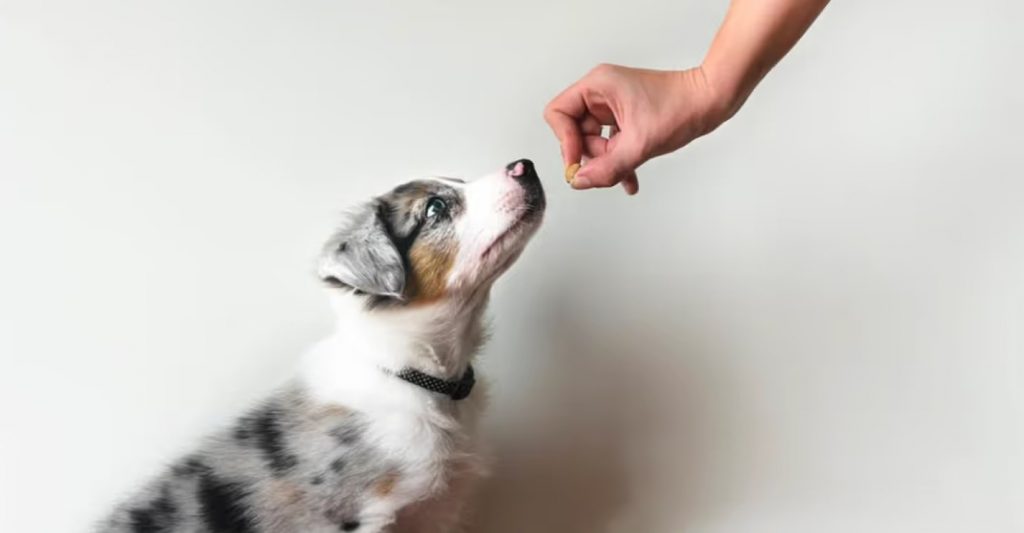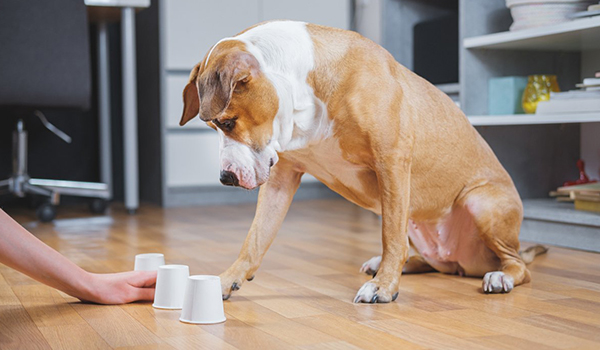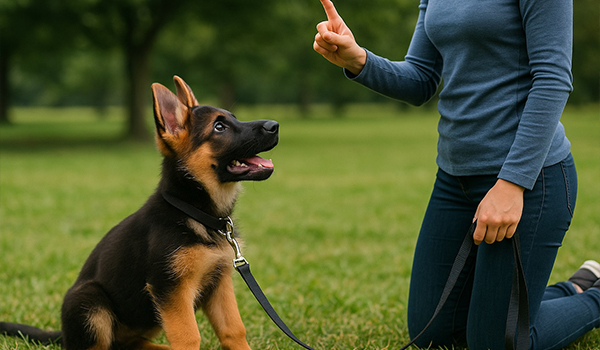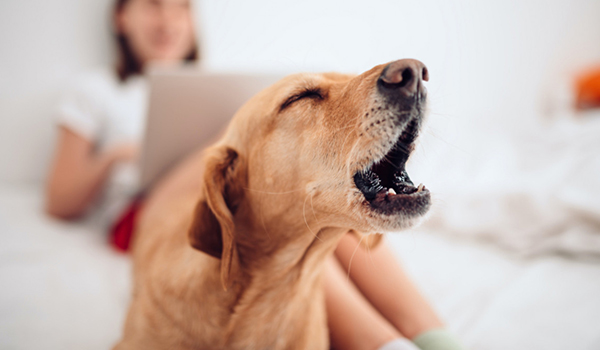
For decades, traditional dog training often relied on dominance, corrections, and punishment. The idea was that you had to show your dog “who’s boss.” But modern science and a deeper understanding of canine psychology have revolutionized how we train our pets. The clear winner, backed by decades of behavioral research, is positive reinforcement.
This isn’t just about being “nice”—it’s about using a method that is scientifically proven to be more effective, safer, and better for your relationship with your dog. Let’s explore why rewarding good behavior is the most powerful tool in your training toolkit.
What is Positive Reinforcement, Exactly?
Positive reinforcement is a simple concept: you add something good to increase the likelihood of a behavior happening again.
In dog training, this means you reward your dog the moment they perform the desired behavior. The reward—or “reinforcer”—is something your dog truly values, such as:
- High-value treats (small pieces of chicken, cheese, commercial treats)
- Praise and petting (“Good dog!”)
- A favorite toy or game of tug
- The opportunity to go outside or for a walk
The dog makes a connection: “When I sit, good things happen! I should do that more often.”
The Problem with Punishment-Based Methods
Punishment-based training aims to stop unwanted behavior by applying an unpleasant consequence. This could be a sharp leash correction, a yell, or using devices designed to cause discomfort.
While it might suppress a behavior in the short term, it comes with significant risks and drawbacks:
- It Doesn’t Teach What TO Do: Punishing a dog for jumping up might stop the jumping, but it doesn’t teach them what they should do instead, like sit politely for greetings.
- It Breeds Fear and Anxiety: Dogs trained with punishment often become anxious or fearful. They may learn to associate the punishment with the person administering it or the context it happens in (e.g., “my owner near the front door is scary”).
- It Can Lead to Aggression: A dog that is confused or frightened by punishment may choose to defend itself by growling, snapping, or biting. This is a normal, self-preserving response to a perceived threat.
- It Damages Your Bond: Training becomes something the dog endures to avoid bad things, not a fun activity they enjoy with their favorite person. It erodes trust.
The Powerful Benefits of Positive Reinforcement
Switching to a reward-based method transforms training from a chore into a partnership. Here’s why it works so well:
- It Builds Trust and Strengthens Your Bond: When your dog learns that you are the source of all good things, your relationship becomes based on cooperation and mutual respect, not fear. They will want to work with you.
- It Encourages Your Dog to Think and Offer Behaviors: Instead of just obeying commands to avoid correction, a positively trained dog learns to problem-solve. They become active participants in their training, trying new things to earn a reward. This makes them more engaged and intelligent partners.
- It Creates a Confident, Happy Dog: A training environment free from fear allows a dog’s personality to shine. They gain confidence because they understand how to succeed and earn rewards, leading to a more stable and well-adjusted temperament.
- It’s Clear and Effective Communication: Positive reinforcement makes it incredibly clear to the dog what you want. The marker of a treat or a “Yes!” pinpoints the exact behavior being rewarded. This clarity drastically speeds up the learning process.
- It’s Safer for Everyone: Methods that avoid fear and aggression are less likely to result in a bite incident. This is crucial for families with children.
Addressing Common Concerns
- “Won’t my dog only listen when I have food?”
This is a common myth. The key is to use a variable schedule of reinforcement. You start by rewarding the behavior every single time (continuous reinforcement). Once the behavior is learned, you gradually switch to rewarding unpredictably—sometimes with a high-value treat, sometimes with praise, sometimes with a game. This actually makes the behavior more reliable, just like a slot machine that pays out unpredictably keeps people playing. - “Am I just bribing my dog?”
A bribe is shown before the behavior to coax it. A reward is given after the behavior to reinforce it. You use treats to teach and proof a behavior initially. Eventually, the behavior itself becomes a habit, and the external rewards can be phased out or replaced with life rewards (e.g., sitting politely gets the leash put on for a walk).
How to Get Started with Positive Reinforcement
- Find Your Dog’s Currency: What does your dog go crazy for? It might be food, a ball, or verbal praise. Use their highest-value rewards for the most difficult tasks.
- Be Precise with Timing: The reward must come within seconds of the desired behavior for the dog to make the connection. Using a marker word like “Yes!” or a clicker can bridge the tiny gap between the behavior and the treat.
- Set Them Up for Success: Manage your dog’s environment to prevent rehearsing bad behaviors (e.g., use a leash indoors to prevent jumping) and create opportunities to reward the behaviors you want to see.
- Be Patient and Consistent: You are teaching your dog a new language. Consistency from all family members is key to helping them understand.
The Bottom Line
Positive reinforcement isn’t permissive—it’s smart. It’s a science-based approach that focuses on teaching and guiding rather than suppressing and intimidating. By choosing to reward what you like, you are not only training a more reliable and well-behaved dog but also nurturing a confident, trusting, and joyful companion for life.



